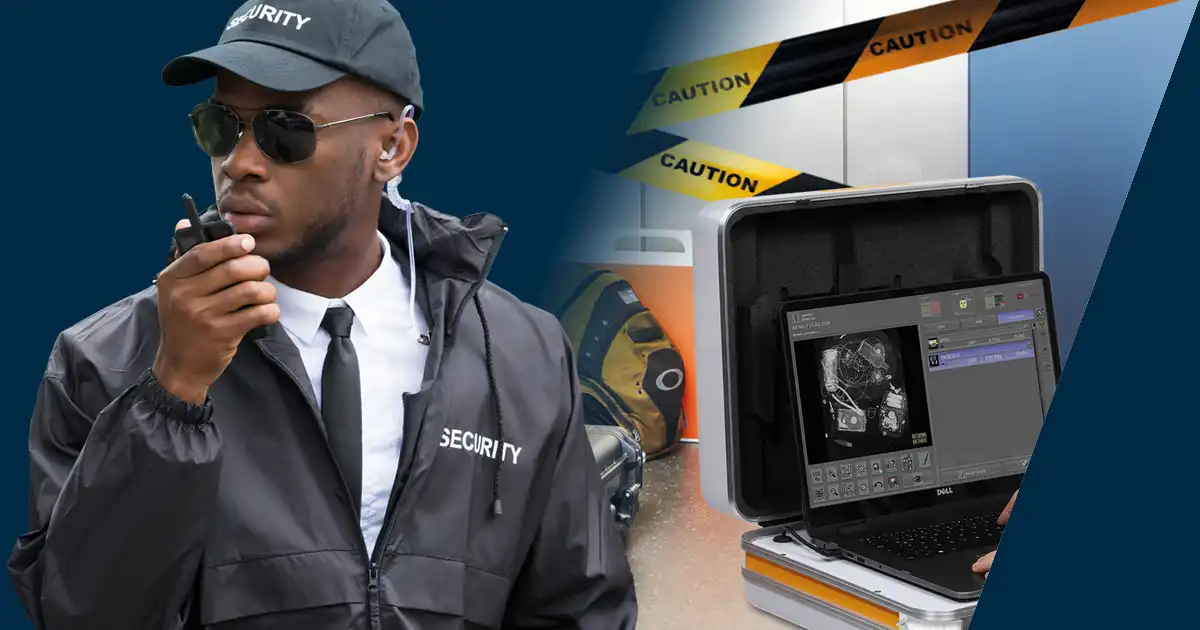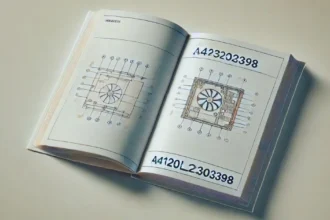Border security has become an increasingly critical concern for nations worldwide. With the rise in transnational crime, smuggling, and terrorism, nations are investing in advanced technologies to enhance their security protocols. One of the most pivotal advancements in this area is X-ray technology. This article delves into the various aspects of X-ray technology, its applications in border security operations, and its importance in maintaining safe and secure borders.
The Evolution of X-Ray Technology
X-ray technology has come a long way since its discovery in 1895 by Wilhelm Conrad Röntgen. Initially used in medical applications, this technology has been adapted for various industries, including aviation, manufacturing, and security. In border security, X-ray machines are employed primarily for the inspection of cargo, vehicles, and individuals. These machines can penetrate materials, providing a detailed image of the contents, thus allowing for a thorough examination without the need for manual searches.
Over the years, the sophistication of X-ray machines has significantly improved. Modern systems utilize advanced imaging techniques such as computed tomography (CT) and dual-energy X-ray technology. These innovations enable border security personnel to differentiate between various materials, detecting hidden contraband and illegal items more effectively than ever before. With the increasing threats posed by organized crime and terrorism, the evolution of X-ray technology has become paramount to enhancing border security measures.
Enhancing Cargo Inspection
One of the primary applications of X-ray technology in border security is cargo inspection. With global trade on the rise, millions of containers pass through border checkpoints daily. Inspecting each of these containers manually would be impractical, time-consuming, and inefficient. X-ray machines provide a rapid and effective solution to this challenge.
When a cargo container is scanned using X-ray technology, operators can quickly identify suspicious items, such as weapons, drugs, or explosives. The imaging produced allows security personnel to visualize the container’s contents without opening it, significantly speeding up the inspection process. As a result, X-ray machines help facilitate legitimate trade while keeping security risks at bay.
Vehicle Scanning Techniques
In addition to cargo, X-ray technology plays a vital role in screening vehicles at border crossings. Security personnel can deploy mobile X-ray systems to inspect cars, trucks, and buses, looking for hidden compartments or smuggled goods. These systems can operate effectively in various environments, whether at fixed checkpoints or during mobile operations. The use of x ray border crossing methods has become standard practice in many countries, allowing for rapid and non-intrusive inspection that enhances both security and traffic flow.
The use of X-ray technology in vehicle scanning has revolutionized the way border security operations are conducted. Traditional methods often required extensive manual searches, leading to longer wait times for travelers and increased traffic congestion. By utilizing X-ray technology, border security can enhance efficiency while significantly reducing the risk of illicit activities.
Detection of Smuggling and Trafficking
One of the most pressing challenges facing border security today is the fight against smuggling and human trafficking. Criminal organizations continue to find innovative methods to circumvent security measures, making it crucial for border security agencies to stay ahead of these threats. X-ray technology has proven to be a valuable tool in this ongoing battle.
For instance, X-ray scanners can detect anomalies in bags and suitcases, making it easier to identify hidden contraband, such as drugs or weapons. Additionally, these machines are instrumental in uncovering human trafficking operations. By revealing hidden compartments in vehicles or containers, security personnel can identify potential victims being transported illegally.
Operational Efficiency and Resource Management
The implementation of X-ray technology in border security operations not only enhances security but also improves operational efficiency. Automated systems can process large volumes of traffic quickly, allowing security personnel to focus their attention on high-risk individuals or suspicious activities. This optimized resource allocation reduces the strain on border security staff and helps them manage their workload more effectively.
Furthermore, the integration of X-ray technology with other security systems, such as biometric scanning and facial recognition, creates a more comprehensive security framework. By combining different technological tools, border security agencies can create a multi-layered approach to threat detection and risk assessment, ultimately enhancing their ability to respond to emerging challenges.
Challenges and Limitations
While X-ray technology offers numerous advantages, it is not without its challenges and limitations. For instance, the initial cost of purchasing and maintaining X-ray machines can be significant, particularly for smaller or less affluent border security agencies. Additionally, the operation of these systems requires skilled personnel trained to interpret X-ray images accurately. Misinterpretations can lead to false positives or negatives, which could compromise security efforts.
Moreover, as technology advances, so do the methods employed by smugglers and traffickers. Criminal organizations are continually devising new ways to conceal contraband, necessitating ongoing innovation in detection techniques. Border security agencies must remain vigilant and adapt to these evolving threats to maintain the effectiveness of X-ray technology.
The Future of X-Ray Technology in Border Security
Looking ahead, the role of X-ray technology in border security is poised to expand further. Advances in artificial intelligence and machine learning are likely to enhance image analysis capabilities, allowing for even quicker and more accurate detection of potential threats. Additionally, the development of portable and more compact X-ray systems may provide greater flexibility for border security operations in remote or high-risk areas.
As global security concerns continue to evolve, the importance of X-ray technology in modern border security operations will only grow. Its ability to enhance cargo inspection, vehicle scanning, and the detection of smuggling and trafficking makes it an invaluable asset for securing borders and safeguarding nations.
In summary, X-ray technology stands as a crucial component in the toolkit of modern border security operations. By providing efficient, effective, and non-intrusive inspection methods, it supports the vital mission of protecting borders while facilitating legitimate trade and travel. As technology continues to advance, the future of border security operations will inevitably be shaped by the capabilities of X-ray technology and its ongoing integration into broader security strategies.














